Exploring Cultural Differences in Laundry Practices Around the World
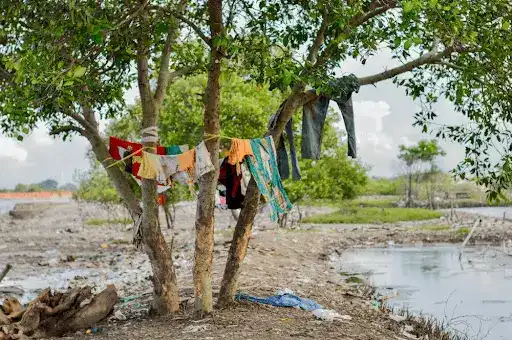
In a world where fast fashion reigns supreme and the rhythm of daily life is often dictated by the hum of washing machines, the art and culture of laundry remain an unsung hero of our domestic routines.
Picture this: a vibrant tapestry of traditions spanning continents, where washing clothes is more than just a chore—it's a ritual steeped in history, innovation, and community. From the communal riverside scrubbing sessions in rural India to the ultra-modern, eco-friendly laundromats in bustling Tokyo, laundry practices reveal a fascinating glimpse into the heart of human society.
Join us as we delve into the captivating stories, surprising facts, and enduring customs that make up the global mosaic of laundry culture. Prepare to see your laundry basket in a whole new light.
Laundry Techniques from Around the World
Imagine a place where doing laundry is not just a chore but a vibrant cultural event. In every corner of the globe, people have developed distinct methods to clean their clothes, reflecting their environment, technology, and traditions.
Join us as we explore these captivating laundry traditions from around the world.
Indian Dhobi Ghat: A Community Affair
Imagine a bustling open-air laundry with rows of concrete wash pens and clotheslines stretching as far as the eye can see. This is the scene at a Dhobi Ghat in India. Dhobi Ghats are iconic laundry spaces where Dhobis (laundry workers) wash clothes by hand, scrub them on stones, and hang them to dry.
.webp?alt=media&token=cc80a521-5413-4ba5-8094-b6fa07cd176c) Clothes hanging in open air at a Dhobi Ghat by the side of a river.
Clothes hanging in open air at a Dhobi Ghat by the side of a river.
The Cultural Significance of Dhobi Ghats
Dhobi Ghats are not just functional; they are cultural landmarks. The Mahalaxmi Dhobi Ghat in Mumbai is one of the most famous, serving hospitals, hotels, and households alike. The communal aspect of laundry in India extends to rural areas where women gather at local rivers to wash clothes together. This practice transforms laundry into a social activity, fostering community bonds and offering a space for gossip and discussion.
Icelandic Air Drying: Embracing the Elements
In the icy expanse of Iceland, the cold climate shapes laundry practices in unique ways. Many Icelanders believe that air drying clothes outdoors helps keep fabrics fresh and sanitized. Despite the chill, the fresh air is thought to imbue clothes with a crisp, clean scent that no dryer can replicate.
The Science Behind Air Drying
Air drying in cold climates may seem counterintuitive, but it’s rooted in tradition and practicality. The belief that the cold air kills bacteria and keeps clothes fresher for longer is a testament to how environmental factors influence household chores. Also, it's better to avoid tumble drying expensive fancy clothes. Always better to air dry when in doubt.
 Open air field with clothes drying on a rack
Open air field with clothes drying on a rack
Japan: The Kamado Tradition
In Japan, laundry practices have evolved alongside traditional household technologies. The Kamado, a traditional stove, produces ash that was historically used as a soap substitute. Clothes were boiled with ash to clean them, a method that highlights the resourcefulness and ingenuity of past generations.
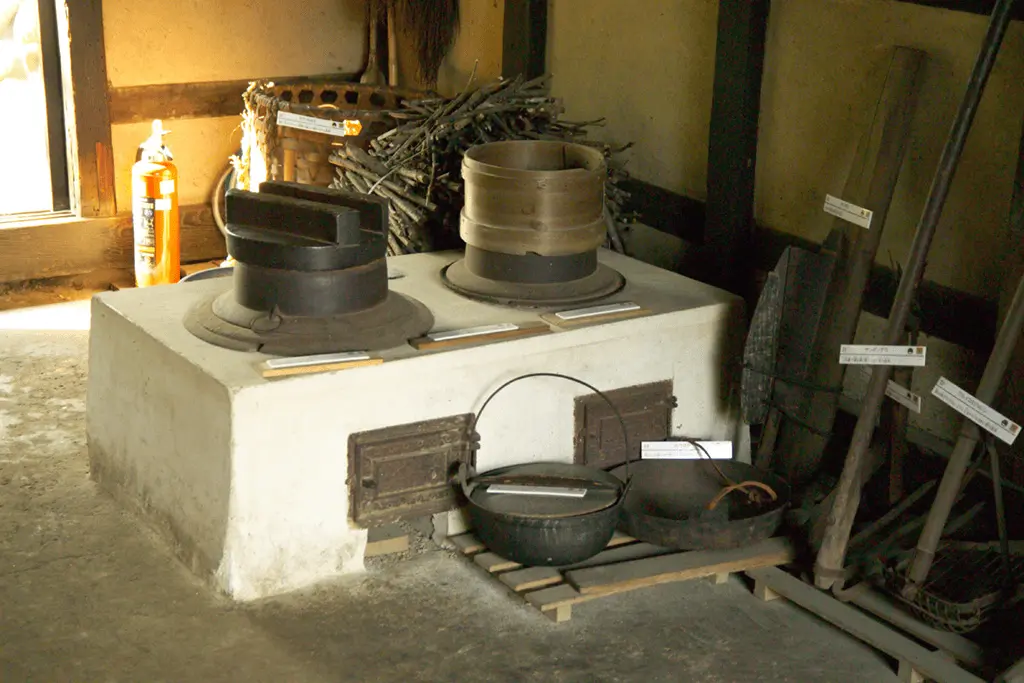 A traditional Japanese kamodo for washing clothes with ash.
A traditional Japanese kamodo for washing clothes with ash.
Modern Adaptations
While modern Japanese households use washing machines, the meticulous care given to laundry remains. The cultural emphasis on cleanliness and orderliness ensures that laundry is done with precision and care, whether by hand or machine.
China: Lunar New Year Traditions
In China, the first two days of the Lunar New Year are considered auspicious for washing clothes. This practice is believed to wash away bad luck and bring good fortune for the year ahead. Such traditions underscore the deep cultural connections between laundry and superstition.
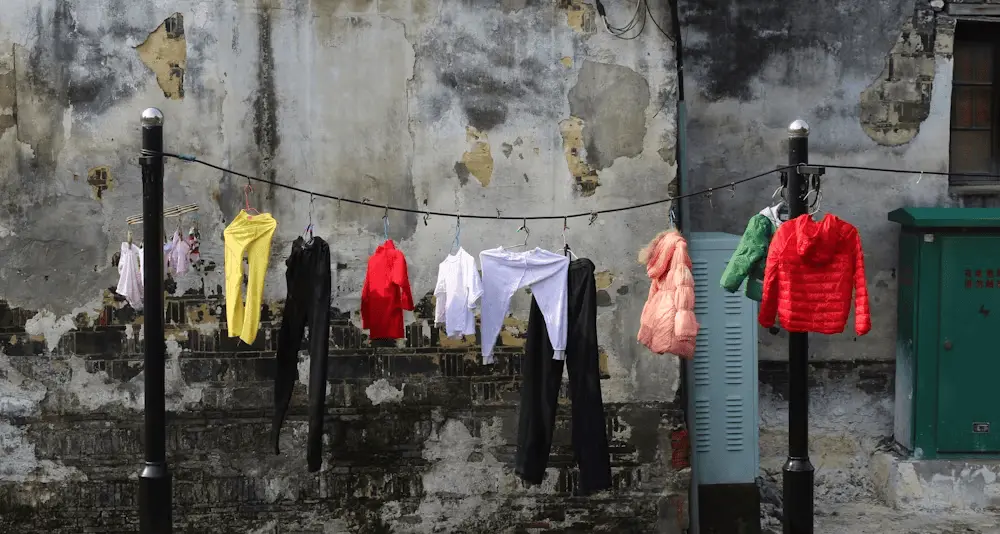 Clothes hanging on a wire in China
Clothes hanging on a wire in China
The Hygiene Factor
Chinese laundry habits also emphasize hygiene, with a strict separation of socks and underwear to prevent cross-contamination. This attention to detail reflects broader cultural values around cleanliness and health.
Middle East: Desert Air Drying
The arid desert climate of the Middle East offers a natural advantage for air drying clothes. The quick-drying desert air not only saves energy but also adds a splash of color to rooftops and backyards where garments flutter in the breeze.
 Air dry laundry clips on the clothes drying wire
Air dry laundry clips on the clothes drying wire
A Childhood Memory
Many people fondly recall running through hanging sheets as children, a playful reminder of the simple joys associated with laundry in warmer climates. These personal memories connect the mundane task of laundry with familial and cultural nostalgia.
Guatemala: The Pila Tradition
In Guatemala, traditional households often use a "pila" – a three-sectioned washbasin that dates back to the Mayan civilization. One section is for laundry, another for dishes, and the third for clean water. This method, still prevalent in many towns, reflects a sustainable approach to water use and a deep connection to ancestral practices.
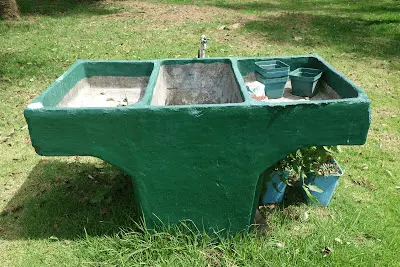 Guatemalan Pila used for laundry
Guatemalan Pila used for laundry
Community and Sustainability
Public pilas serve as communal spaces where women gather to wash clothes, reinforcing social ties and sharing resources. The pila is a symbol of resilience and sustainability in Guatemalan culture.
Germany: Ruhezeit and Laundry Laws
Germany’s strict "Ruhezeit" (quiet time) laws mean that laundry must be done during specific hours to avoid noise disturbances. This regulation highlights the cultural importance of peace and order in German society.
Adapting to Regulations
These laws necessitate the use of quiet, efficient machines or scheduling laundry around permissible hours. It’s a fascinating example of how legal frameworks can shape everyday practices.
Philippines: Handwashing Traditions
In the Philippines, handwashing clothes is a common practice due to the high cost of washing machines. Many Filipinos fill basins with water and detergent, scrubbing clothes by hand and air drying them, reflecting a labor-intensive but effective method.
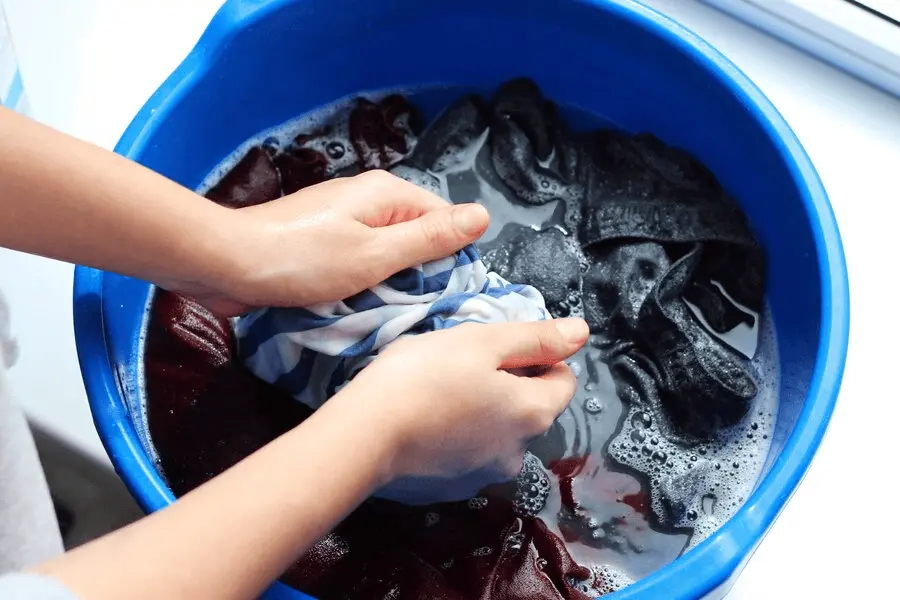 A person hand washing clothes in a bucket
A person hand washing clothes in a bucket
Economic and Practical Considerations
For those who can afford washing machines, top-loaders are more common, and detergent is often sold in sachets to make it affordable. These practices highlight the intersection of economics and practicality in laundry habits.
Sweden: The Mangle Iron
In Sweden, a "mangle iron" is used to flatten sheets and tablecloths, removing water faster than a standard dryer. This tool is often found in communal laundry rooms in apartment buildings, promoting resource efficiency and communal living.
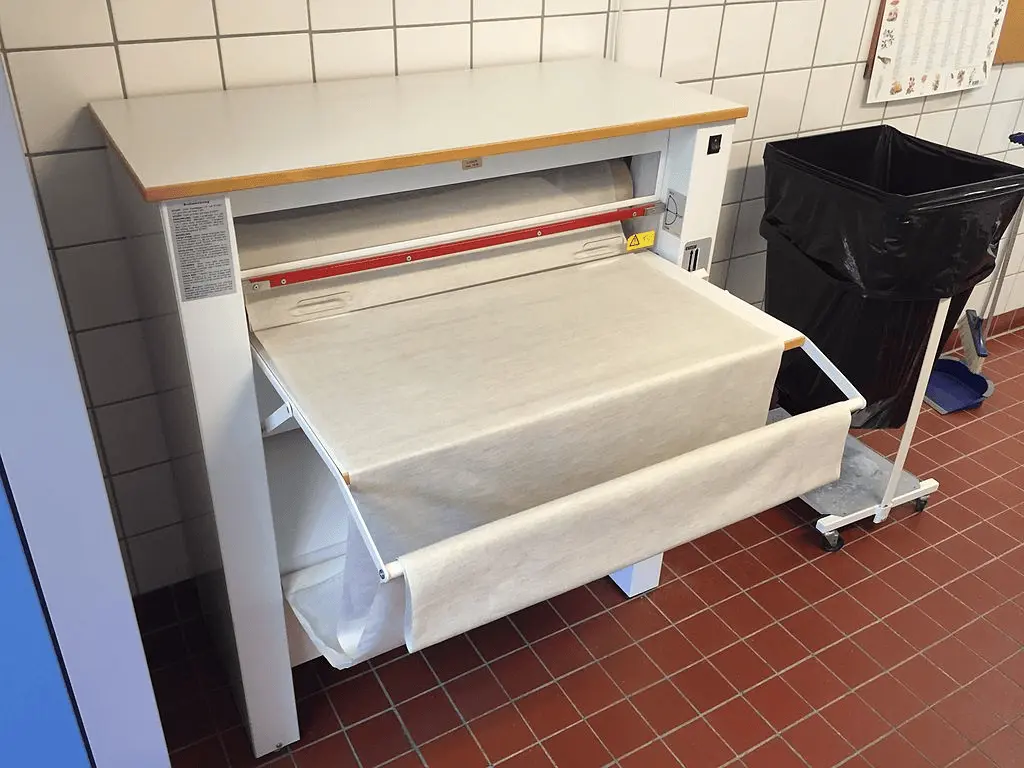 Swedish mangle iron
Swedish mangle iron
Technological and Communal Efficiency
The use of mangle irons and shared laundry facilities underscores the Swedish commitment to sustainability and community, reducing individual energy consumption while maintaining high laundry standards.
From the communal rivers of India to the quiet hours of Germany, laundry practices around the world are as diverse as the cultures that uphold them. These traditions not only keep clothes clean but also reflect deeper societal values and historical contexts. Understanding these differences enriches our appreciation of a universal chore that connects us all, reminding us that laundry is more than just washing clothes – it’s a window into the heart of cultural identity. If you want to conquer the that stubborn stain in your fancy clothes after reading this article, we have a ultimate guide ready for you, check it out in this blog titled ultimate guide to getting rid of stubborn stains. It will make you a hero in your household!
At Duffloo doorstep laundry, we take pride in embracing this rich tapestry of global laundry traditions. We understand that every wash tells a story, every fabric has a heritage, and every method carries a legacy. That's why our products are designed to honor these diverse practices while delivering the highest standards of cleanliness and care. You should check out this nice comparative analysis blog post of Best Wash and Fold Service in Toronto. You will realize, whether you’re air drying under the sun, handwashing with care, or relying on modern machines, Duffloo is here to support your laundry journey with respect for cultural heritage and a commitment to quality. Let us help you connect with the world, one load at a time.
